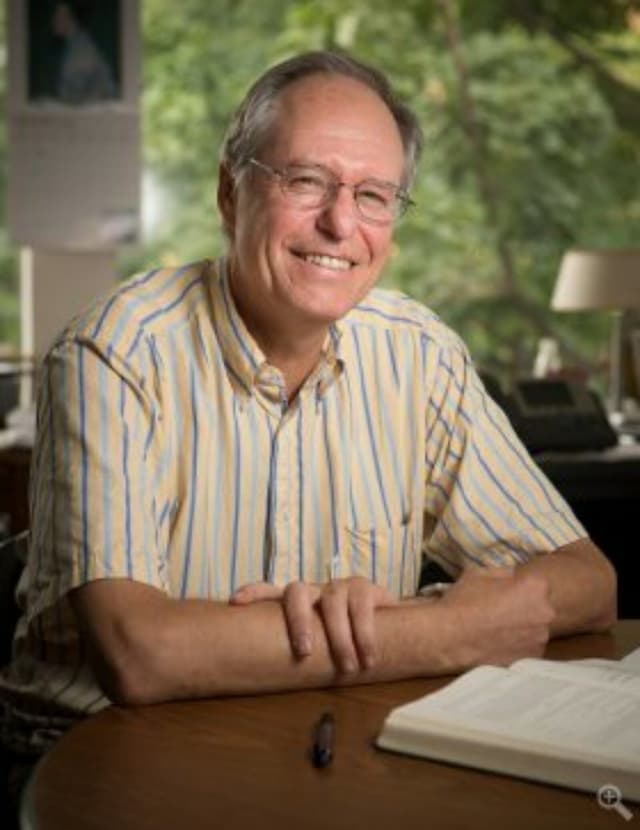Stephan Meyer Earns Part of Another Gruber Prize

(Originally published by the University of Chicago)
August 1, 2012

The University of Chicago’s Stephan Meyer, professor in astronomy & astrophysics and the Kavli Institute for Cosmological Physics, has received a share of his second Gruber Cosmology Prize for his work as a member of the Wilkinson Microwave Anisotropy Probe.
This year’s $500,000 Gruber Cosmology Prize went to John Hopkins University’s Charles L. Bennett, who heads the 26-member WMAP collaboration, and his associates for building the WMAP satellite to make “observations of the so-called ‘echo of the Big Bang,’ the Cosmic Microwave Background radiation, to determine the universe’s vital statistics — its age, content, geometry and origin.” The prize citation further noted that, “This feat in turn has helped transform cosmology itself into a precision science.”
NASA launched the WMAP satellite in 2001 to make precision measurements of the Microwave Background anisotropy, or structure. WMAP is named for the late David Wilkinson, who was Meyer’s PhD advisor at Princeton University. In 1994 Wilkinson served as a distinguished visiting professor at UChicago’s Enrico Fermi Institute, where he worked on the early ideas for the WMAP instrumentation.
Meyer previously had received a share of the 2006 Gruber Cosmology Prize with fellow members of the Cosmic Background Explorer collaboration.
NASA launched the COBE satellite in 1989 to precisely map the cosmic microwave background radiation. In 1992, the COBE team confirmed that the universe was born in a hot big bang. Two members of the COBE team, John Mather of NASA’s Goddard Space Flight Center, and George Smoot of the University of California, Berkeley, also received the 2006 Nobel Prize in physics for this work.